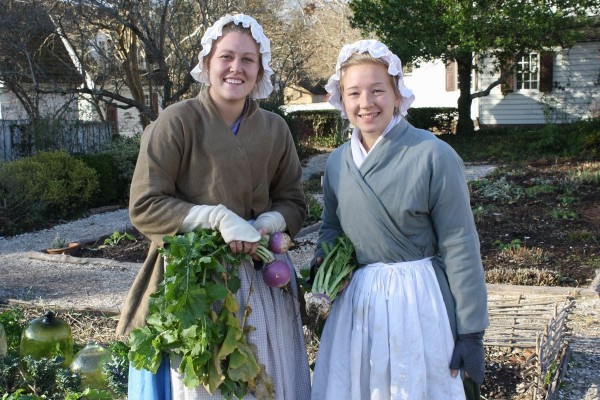 Winter isn’t a season most of us probably associate with gardening but the truth is, after the first frost, many leafy vegetables and roots are ready to be picked, roasted, and added to all those hearty soups and stews.
Winter isn’t a season most of us probably associate with gardening but the truth is, after the first frost, many leafy vegetables and roots are ready to be picked, roasted, and added to all those hearty soups and stews.
Jenny Mrva and apprentice Emily Nelson met us one chilly morning to tell us about kale, turnips, and Jerusalem artichokes—all grown here in Williamsburg in the 18th century.

We start with the kale. Here in our Colonial Nursery, we grow a variety including Tuscan, Russian, Siberian, and Scottish kale. While the tough, leafy, green is popular in a lot of modern diets and is added to everything from salads to smoothies, it was used simply as a garnish by most of the upper class in the 1700s. It was definitely more of a staple for the “commoners” who added it to stews for color and flavor.
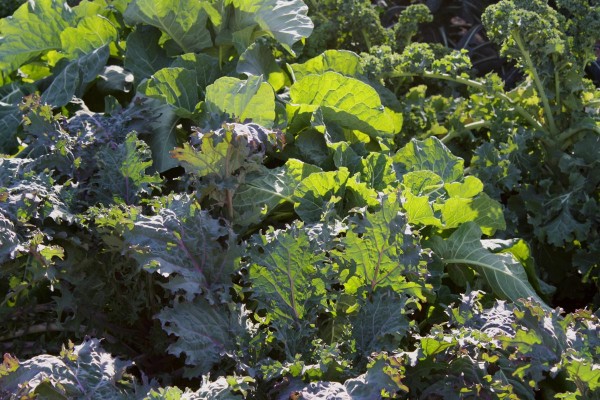
Kale is tough and bitter until the first frost. But why? “Plants protect themselves from freezing by converting starch to sugar, which is the reason all greens are sweeter after a frost,” writes Wesley Greene in Vegetable Gardening the Colonial Williamsburg Way.
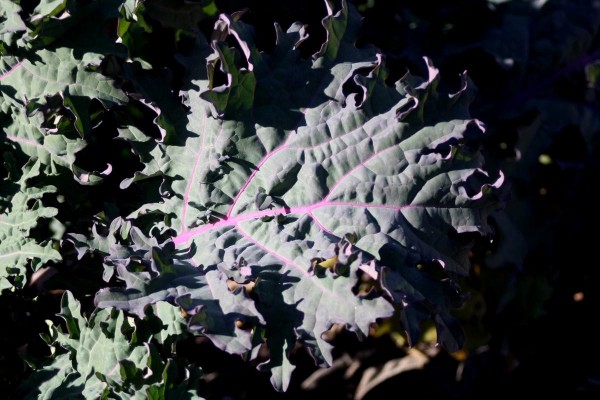 Next, Jenny talked to us about turnips, also known as the old world potato. In the 18th century, colonists would have eaten them as often as some of us eat potatoes now (three to four times a week). And just like we like our spuds, they ate their turnips mashed and stewed. It was the early 18th century when the purple-top turnip started appearing in Virginia gardens. It quickly became the most important root crop for feeding both people and cattle.
Next, Jenny talked to us about turnips, also known as the old world potato. In the 18th century, colonists would have eaten them as often as some of us eat potatoes now (three to four times a week). And just like we like our spuds, they ate their turnips mashed and stewed. It was the early 18th century when the purple-top turnip started appearing in Virginia gardens. It quickly became the most important root crop for feeding both people and cattle.
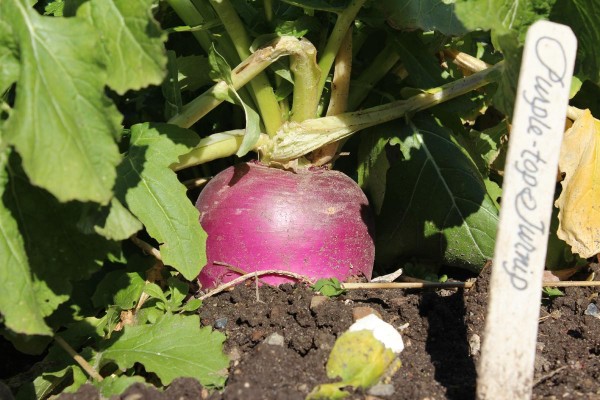 Turnips keep well in the winter months and in the 1700s would have been stored in root cellars. This was also a commoner crop since it grew so well and so easily. It wasn’t until the 19th century that the white potato replaced the turnip as the primary starch root.
Turnips keep well in the winter months and in the 1700s would have been stored in root cellars. This was also a commoner crop since it grew so well and so easily. It wasn’t until the 19th century that the white potato replaced the turnip as the primary starch root.
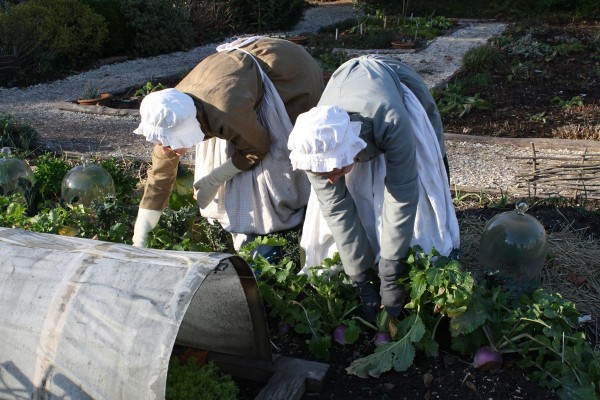 Finally, we have the Jerusalem artichoke which ironically is not from Jerusalem nor is it an artichoke. It’s actually from the sunflower family and can grow up to eight feet in height. They look a lot like ginger root and are thought to get their name from the fact that when roasted, they taste a lot like artichokes. I drizzled my batch in olive oil and sprinkled with sea salt, black pepper, and a little bit of fresh thyme. I roasted them in the oven at 350 for about an hour. It was longer than what I found on the internet, but I preferred the consistency to be less like a water chestnut and more like a soft potato. The skins also began to caramelize, adding a little sweetness along with the sea salt. I personally loved them!
Finally, we have the Jerusalem artichoke which ironically is not from Jerusalem nor is it an artichoke. It’s actually from the sunflower family and can grow up to eight feet in height. They look a lot like ginger root and are thought to get their name from the fact that when roasted, they taste a lot like artichokes. I drizzled my batch in olive oil and sprinkled with sea salt, black pepper, and a little bit of fresh thyme. I roasted them in the oven at 350 for about an hour. It was longer than what I found on the internet, but I preferred the consistency to be less like a water chestnut and more like a soft potato. The skins also began to caramelize, adding a little sweetness along with the sea salt. I personally loved them!
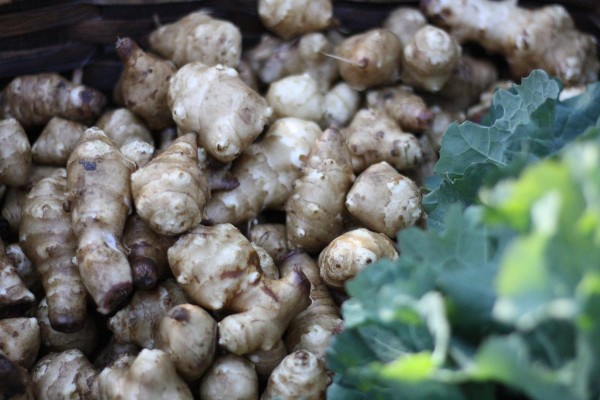 These are the only roots native to North America. They originated west of the Mississippi sometime in the early 1600s and were carried east through the Indian trade. At first, colonists considered them a rare specialty—until they realized how rapidly they spread. You can get 40 plants from every one plant and Jenny recommends you dig them up and replant them before they set roots. People weren’t the only ones to enjoy the Jerusalem artichoke. Records show that both Thomas Jefferson and George Washington fed them to their livestock!
These are the only roots native to North America. They originated west of the Mississippi sometime in the early 1600s and were carried east through the Indian trade. At first, colonists considered them a rare specialty—until they realized how rapidly they spread. You can get 40 plants from every one plant and Jenny recommends you dig them up and replant them before they set roots. People weren’t the only ones to enjoy the Jerusalem artichoke. Records show that both Thomas Jefferson and George Washington fed them to their livestock!
Click here for an 18th-century recipe for barley soup featuring turnips
Click here for a modern recipe using Jerusalem artichokes

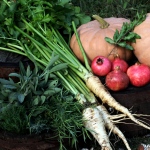
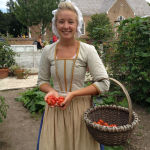
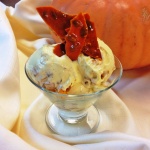
Steve - Wesley is wonderful and extremely knowledgeable gardening! We love working with him and his staff. He is a wonderful mentor to the apprentices who are learning about 18th-century methods. Thank you so much for taking the time to read and respond to our blog post!
My wife and I live in Riverside, Ca. Which it turns out is Mr. Green ‘s home town. We. Asked him about growing collards in Southern California. He suggested that after we pick the collards to put them in the freezer.
We have done it and it works. Thanks Mr. Green. Next visit we will bring you another copy of the Press Enterprise newspaper.